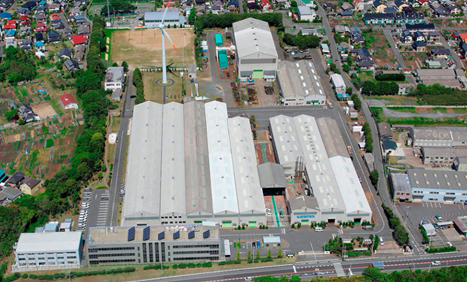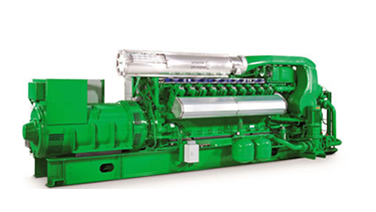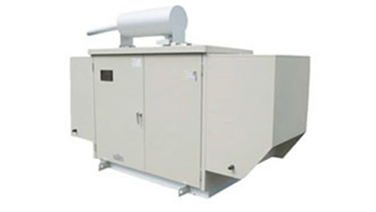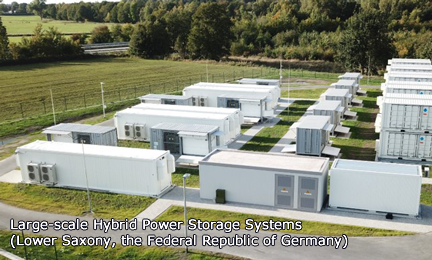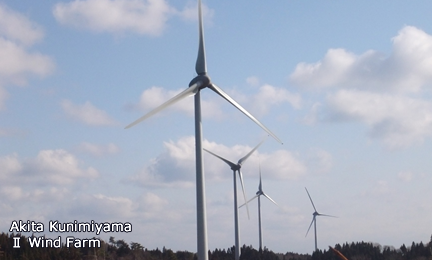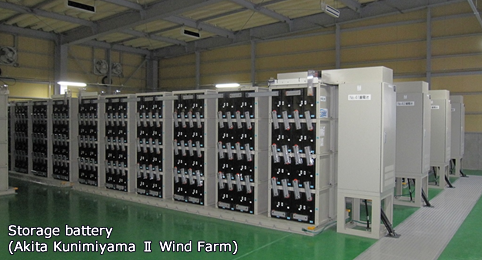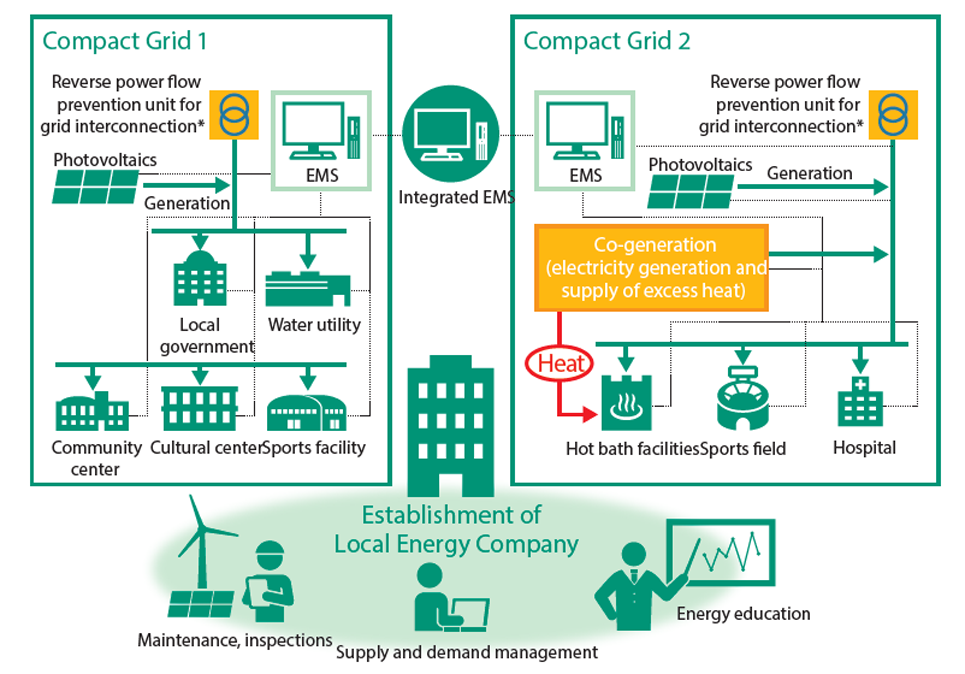Providing Optimum Solutions
through Collaborative Creation with Customers
Renewable energy plays the roles of reducing carbon dioxide (CO2) emissions and controlling energy costs, and it is now reaching a turning point in terms of operation and management. As there are growing demands to deal with disasters and generating capacity tends to be susceptible to weather conditions, the stable supply of energy needs to be achieved through the adjustment of power generation. Through collaborative creation with customers, Hitachi Power Solutions offers total support for everything from discovering issues to solving them. We offer energy management at various facilities including factories, buildings, commercial facilities and hospitals, and work to deliver operational services to such facilities on a regional basis. We also enable local production for the local consumption of energy through the introduction of power generation systems tailored to each region. Through these efforts we help with solutions to regional issues such as the outflow of population and industry, contribute to town development and the revitalization of local communities so that people can continue to live with peace of mind, and strive to achieve a sustainable society.


